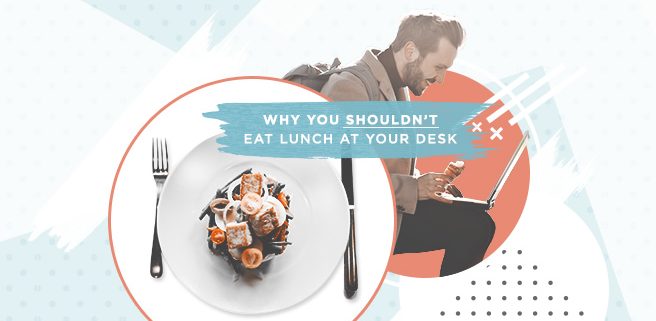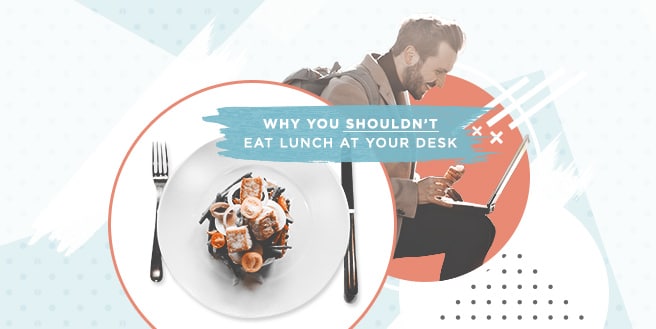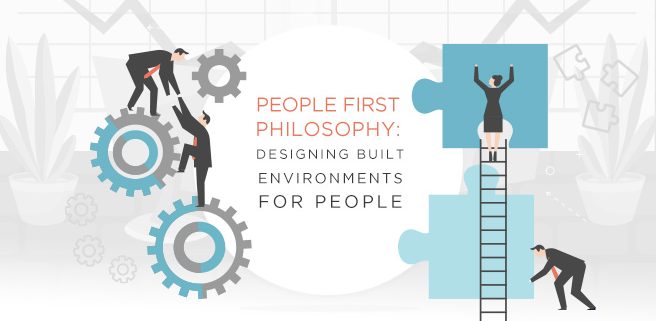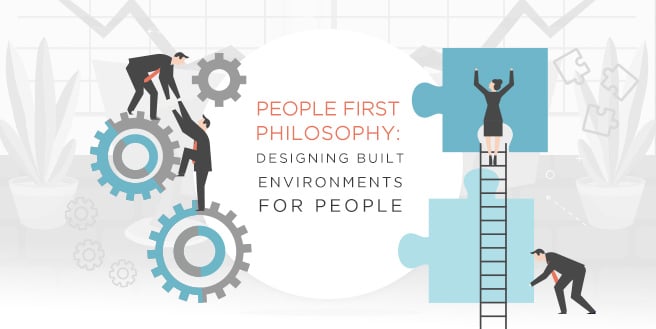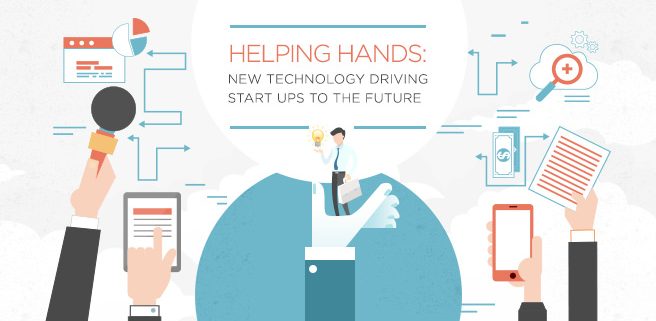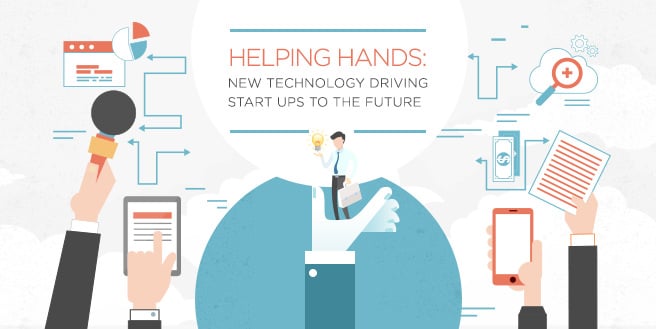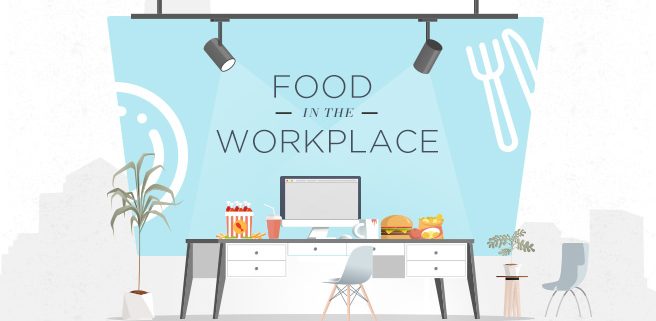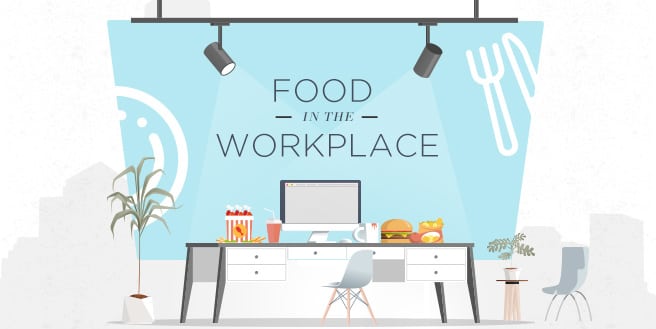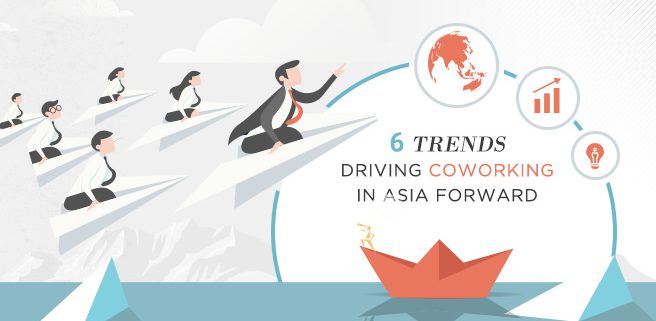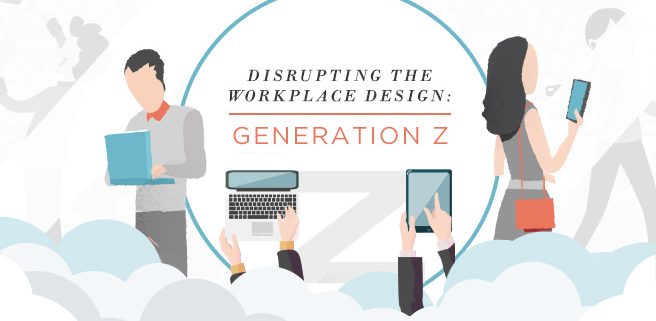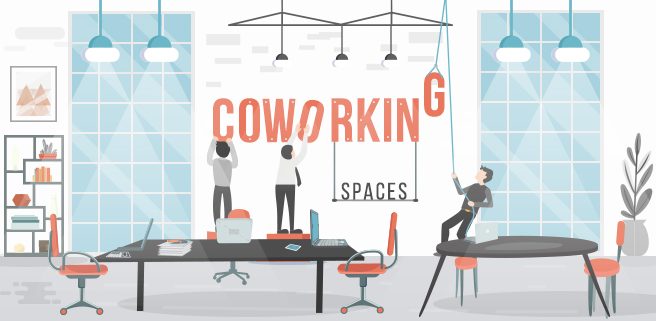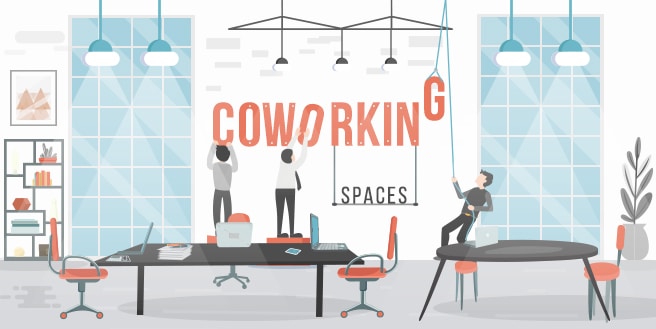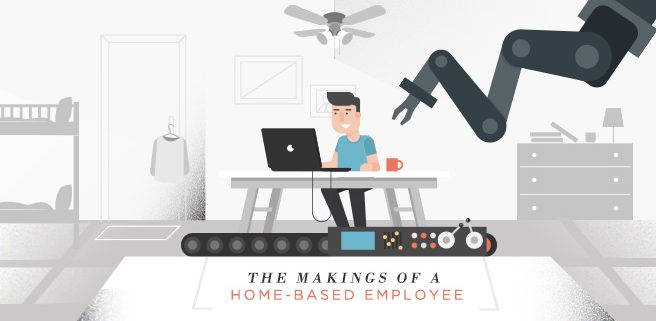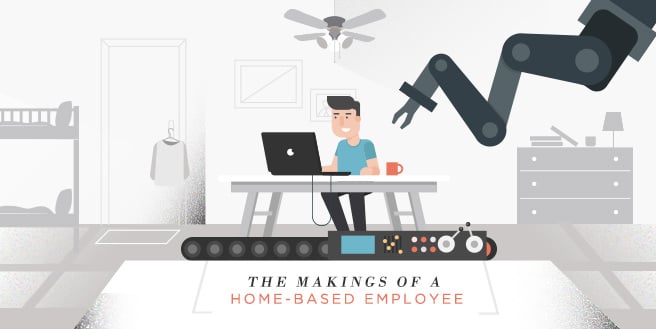Why You Shouldn’t Eat Lunch At Your Desk
Some of us have been guilty of this before – eating lunch at our desks because there’s simply too much to do and we can’t be bothered to get up. Though we initially think that this helps us increase our productivity, Fast Company says otherwise.
Author Bob Pozen says that instead of thinking how you utilize lunch to get more things done, see it for the function that it actually serves. He adds that maybe exposing yourself to germs isn’t that worth it if you can actually get more if you step away from your desk.
Admittedly, the notion of having a quick lunch is indeed productive – in a sense that it takes us less time. It’s a hard and fast rule, but it’s not really what we need. We want a functional rule that would help us make the most out of our workday.
Pozen says that eating alone can help you recharge your personal resources. The absence of stimulation actually encourages associative or integrative thought – both of which can spur one’s creativity. If by any chance you have an idea in your head, you can take this alone time to work on it without any interruptions. He adds that you can also use this time to replenish you energy by taking a walk or taking a 20 minute nap. Each suggestion, of course, would work differently on each individual. Hence, he suggests experimenting with a few different approaches.
And other else than providing employees some time for themselves, lunch is also considered as one of the most effective social activity in the office.
Lunch Breaks with Good People
The well-acclaimed and now global trend of coworking couldn’t have emphasized it enough; building a strong sense of community within a company – or team – plays a vital role in creating a thriving working environment.
Pioneers of the movement have set standards and several guidelines on how to curate or strengthen an enterprise’s culture and one of the most suggested activity is sharing meals with one another.
Pozen further discussed in the aforementioned article that you don’t necessarily have to spend lunch all by yourself, its other function is to serve as an opportunity to socialize with your coworkers. Eating together can effectively create connections that could produce fortuitous results and fortifies trust within teams.
Providers of shared offices have utilized this in reinforcing unplanned collaborations and conversations by having in-house cafes and snack bars. Steve Jobs did the same thing back during the inception of the Pixar campus, but in his case, he put bathrooms in one central place so that individuals from different departments would run into each other alongside with their ideas.
CEO of the food startup ZeroCater, Arram Sabeti, says that eating together offers a lot value than what meets the eye. Managers can use this time to casually check in on on-going projects while establishing a much more personal relationship with their employees.
Even though some people nowadays view lunch breaks as something overrated, it’s still worth considering whether the way you are spending it right now is the most efficient way to go. Is it really helping you or is it costing you more in terms of your overall productivity?
Why don’t you have lunch with us and we’ll help you figure out a way of working that increases your proximity to success.

